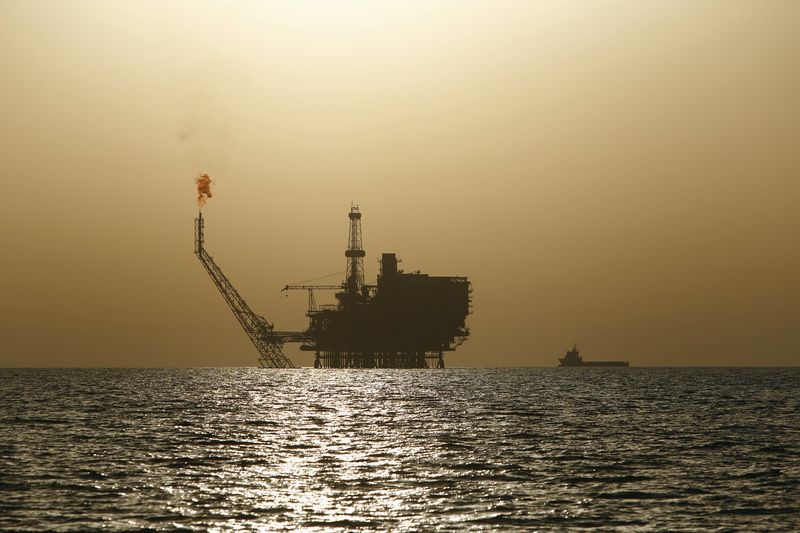 © Reuters. Oil rebounds as market awaits impact of Iran sanctions
© Reuters. Oil rebounds as market awaits impact of Iran sanctionsInvesting.com – Oil prices were up Monday after the extended rout from last week and October. But the question on every trader’s lips is: Does this rebound have legs?
Short-covering and buy-the-dips activity, spurred further by continued rebound from last week, helped crude futures rise more than 1% on Monday before paring gains.
But some traders, like Adam Sarhan of global capital markets fund 50 Park Investments, said the sustainability of the rally will depend much on the impact of the reinstated U.S. sanctions on Iranian oil exports and weekly crude stockpiles in the United States.
“When a market’s oversold, two concurrent things happen: One is short-covering, with people forced to buy back to cover their short positions. Two is emergence of the buy-the-dips crowd that buys as prices fall. So you get two simultaneous buying forces that can push prices up in very short order,” Sarhan said.
“The question, of course, is ‘Is this sustainable?’ Whatever you read on Iran and U.S. crude storage in coming days will determine that,” he added.
In the past five weeks, oil prices have pared the 20% of gains amassed over the past five months as speculation flew back and forth over the impact of the Iran sanctions.
By 12:41 PM ET (17:41 GMT), U.S. West Texas Intermediate () crude was up 22 cents at $63.36 per barrel. But it remained about 18% down from four-year highs of nearly $77 hit in early October.
U.K. crude, the international benchmark for oil, rose 45 cents to $73.28. That was still 15% off from Brent’s four-year highs above $86 last month.
Without imminent proof of market tightness from the sanctions, some think WTI will break below $60 a barrel and Brent under $70.
“If prices go very much higher from current levels, then new shorts will come in,” said Tariq Zahir, an oil bear who typically plays spreads of long-dated WTI futures.
Top Trump administration officials said they want to cut Tehran’s exports to zero in coming months and threaten to punish anyone caught violating the embargo. Iran’s crude exports used to average about 2 million barrels per day, and are down by about a third.
Despite its tough talk, Washington on Monday said it has given eight main buyers of Iranian crude — China, India, Italy, Greece, Japan, South Korea, Taiwan and Turkey — waivers to continue buying from Tehran until further notice. Top crude exporter, Saudi Arabia, has also pledged to maximize production while US shale oil output has hit record highs, prompting investors to expect a possible oil glut rather than a squeeze.
But Phil Flynn at Chicago’s Price Futures Group dismissed that notion, saying the correction in oil has been overdone: “While the market is still shocked that the Trump administration granted waivers, the market is still tight regardless. Spare oil production capacity and floating storage is near historic lows and demand is still buoyant.”
Fusion Media or anyone involved with Fusion Media will not accept any liability for loss or damage as a result of reliance on the information including data, quotes, charts and buy/sell signals contained within this website. Please be fully informed regarding the risks and costs associated with trading the financial markets, it is one of the riskiest investment forms possible.
Source: Investing.com



























